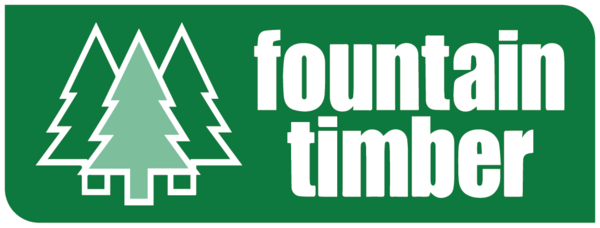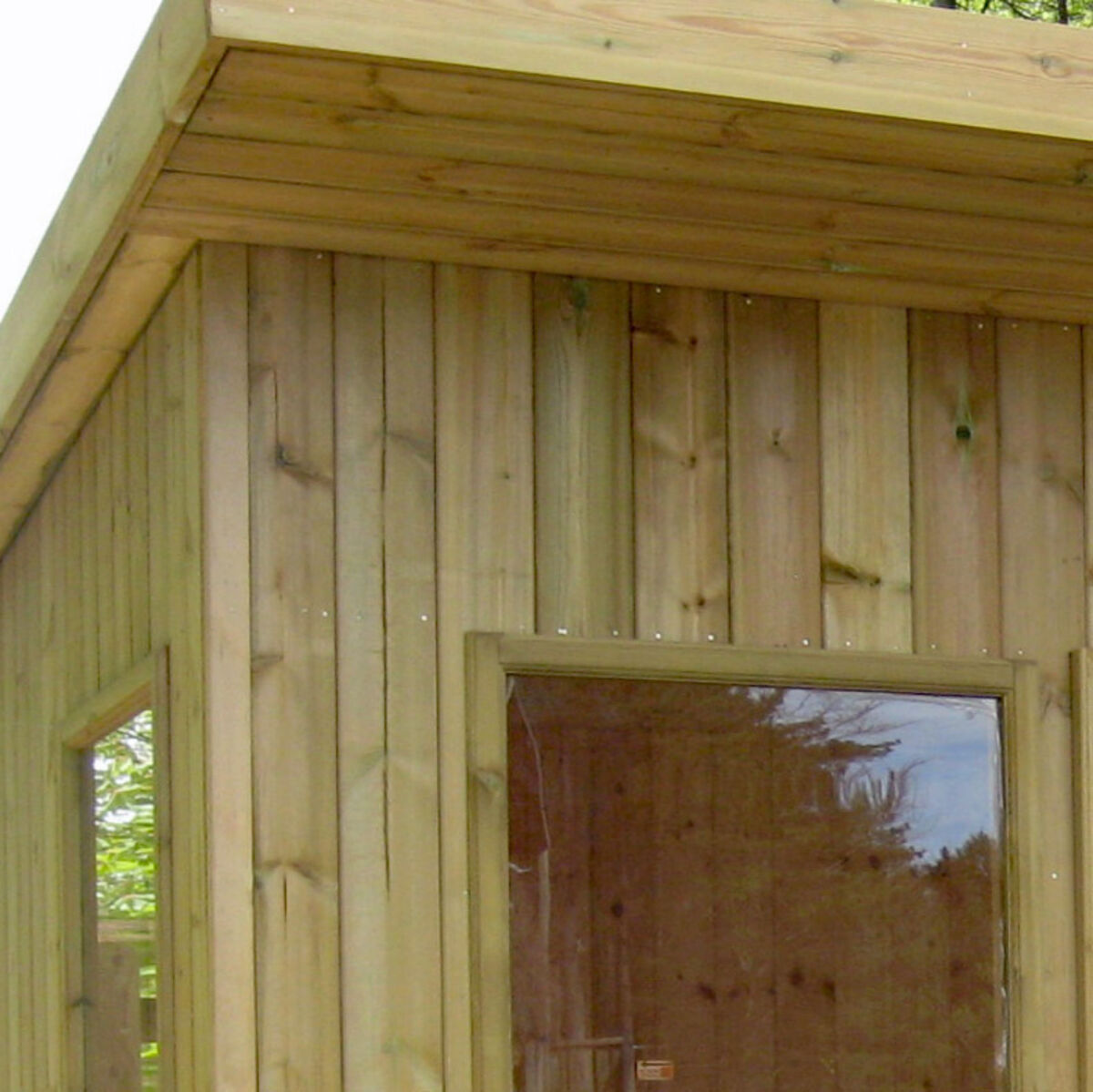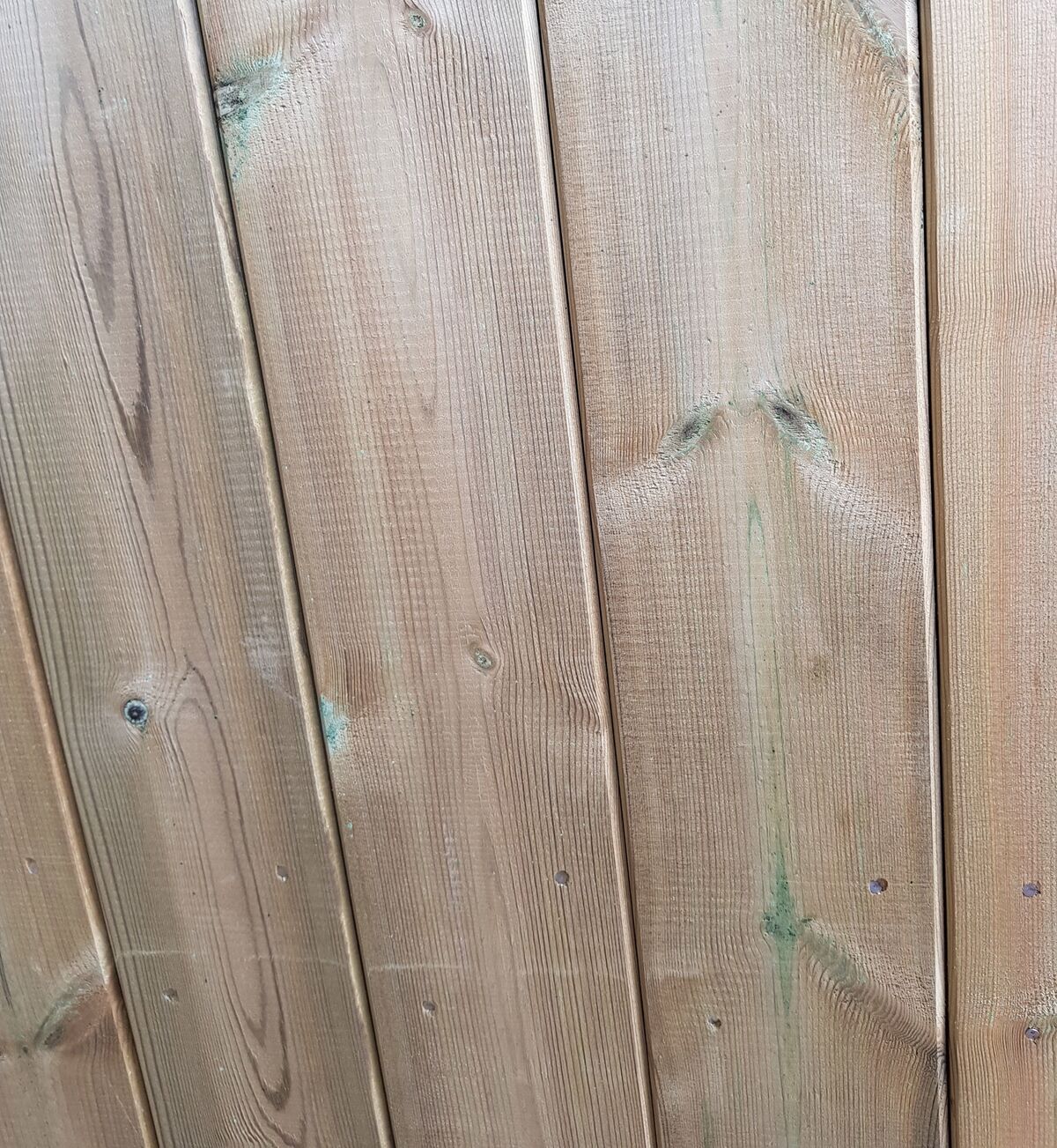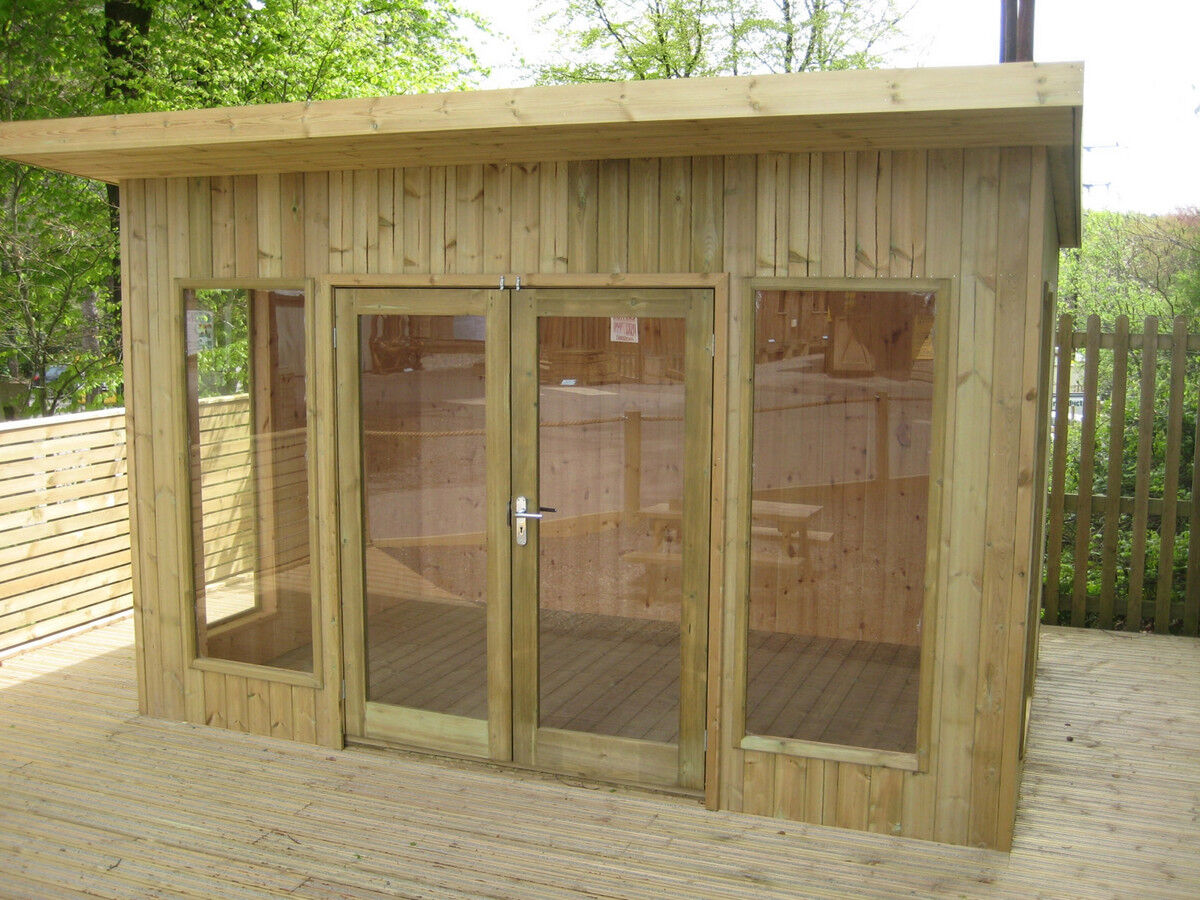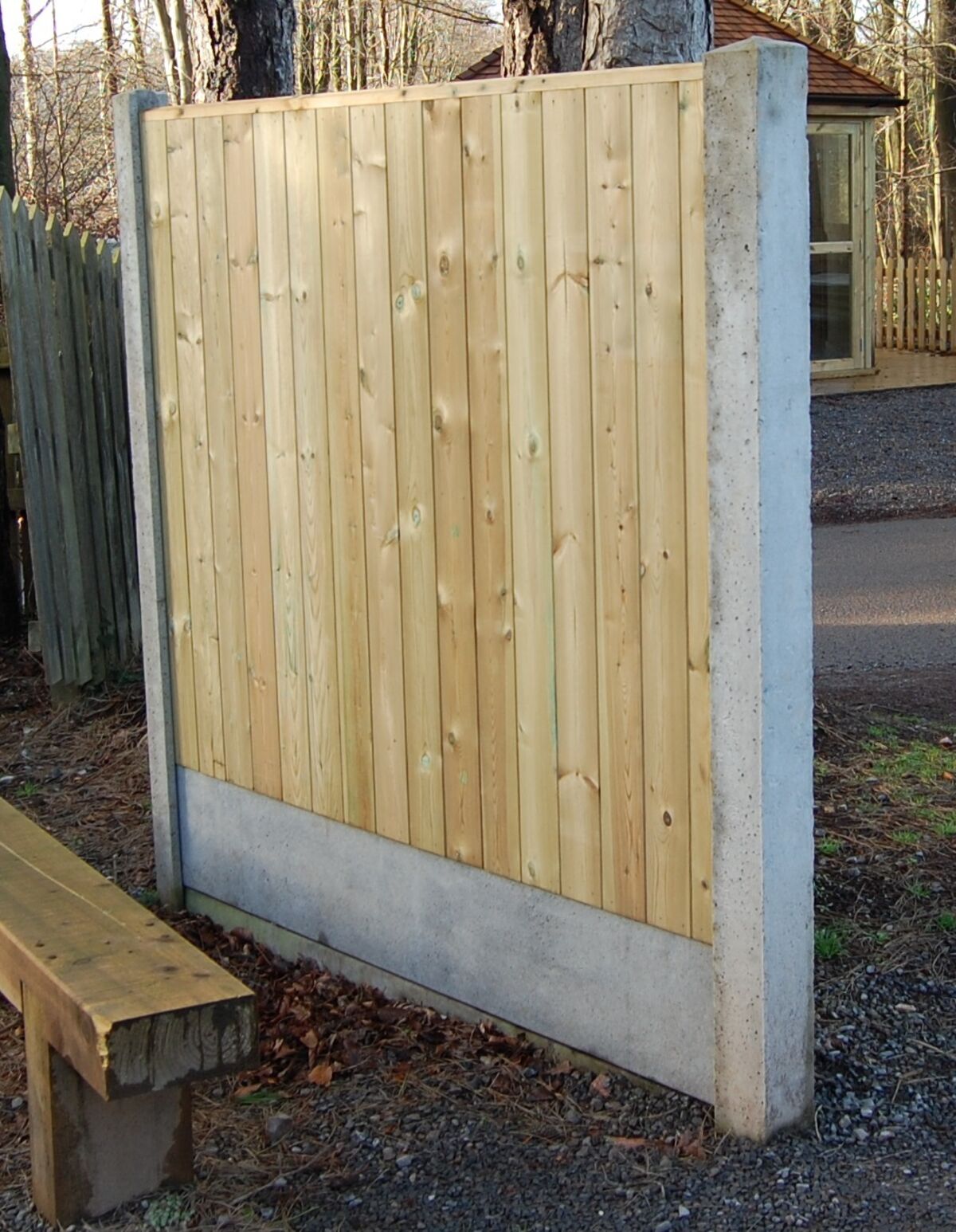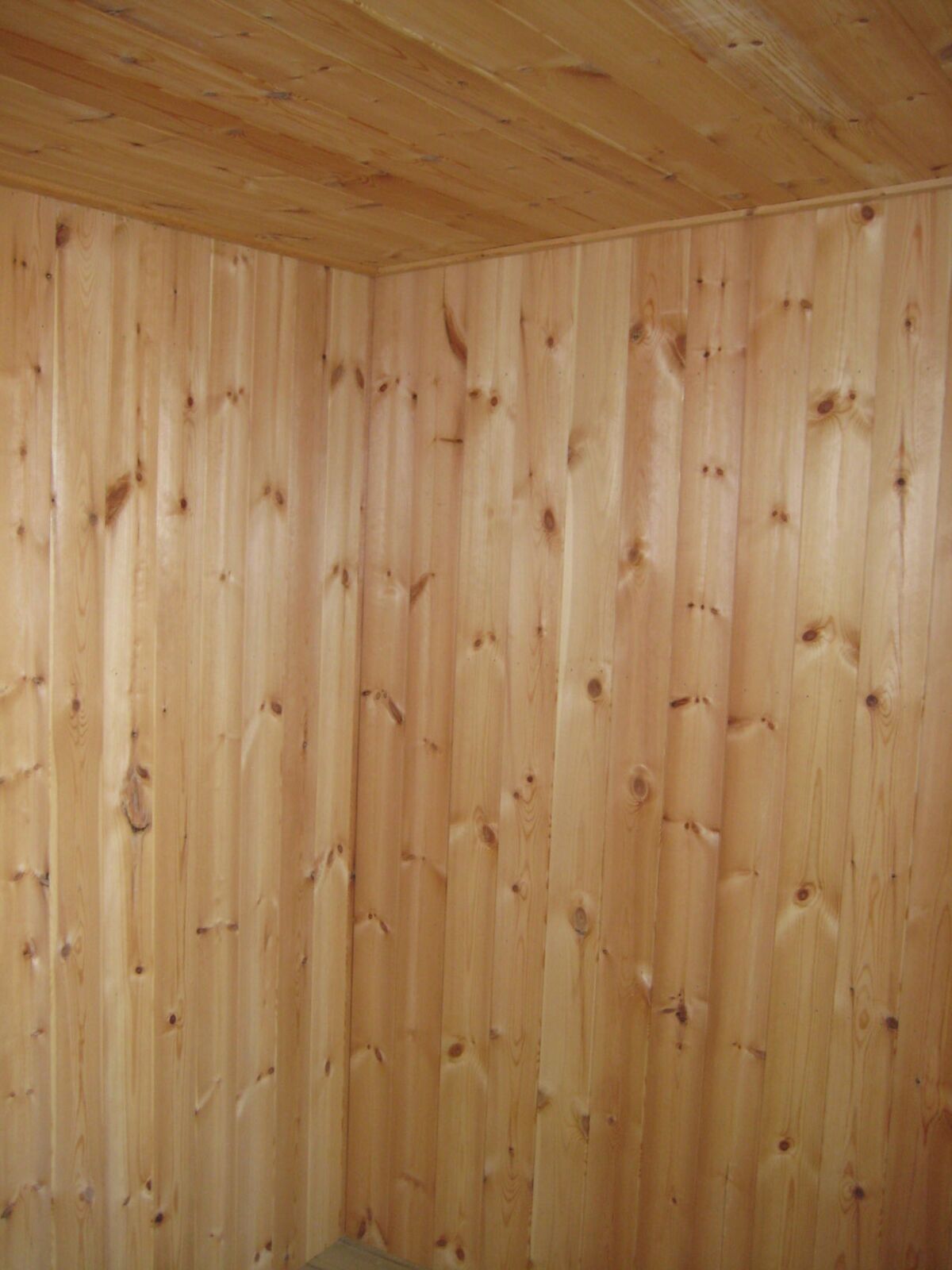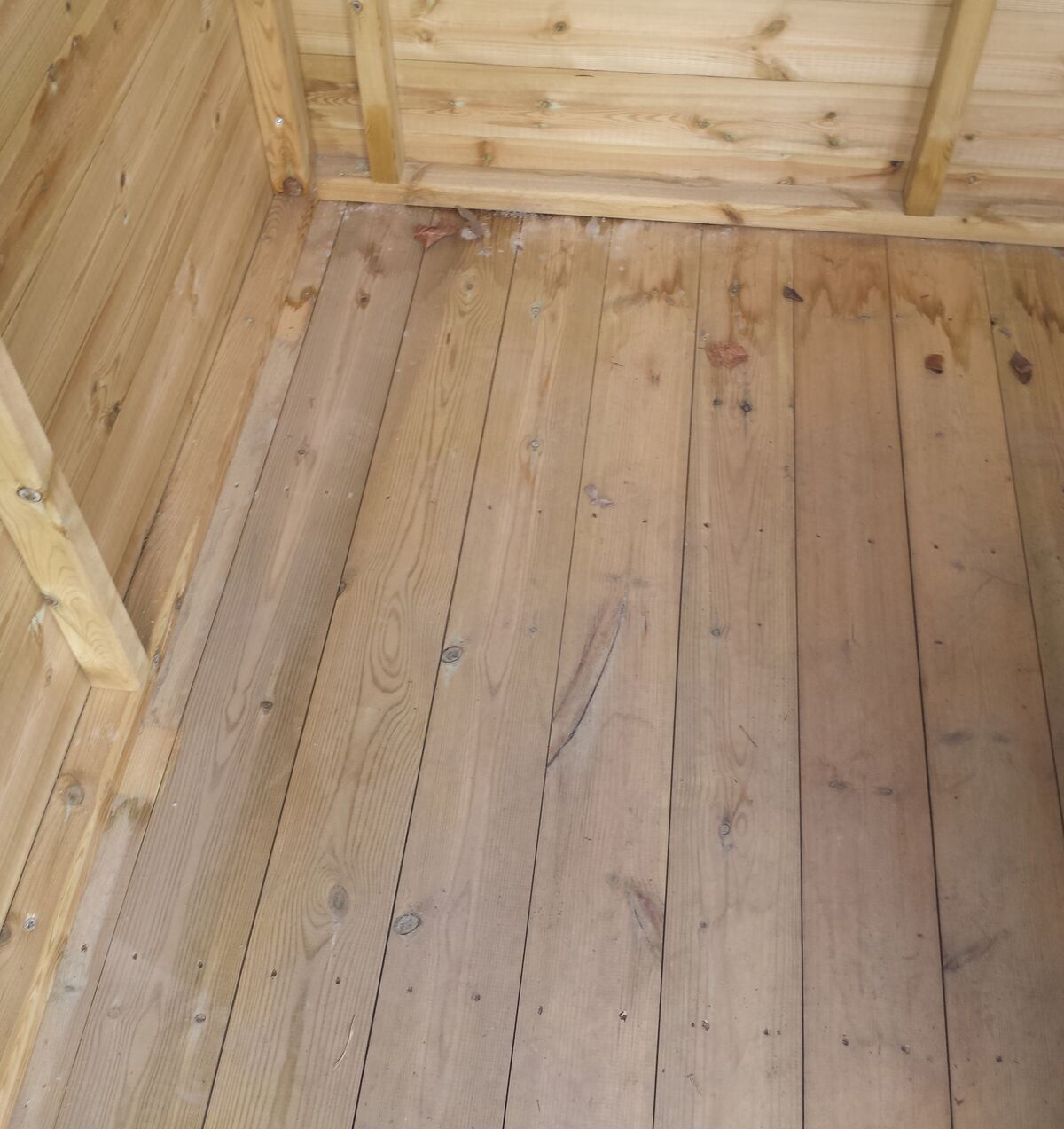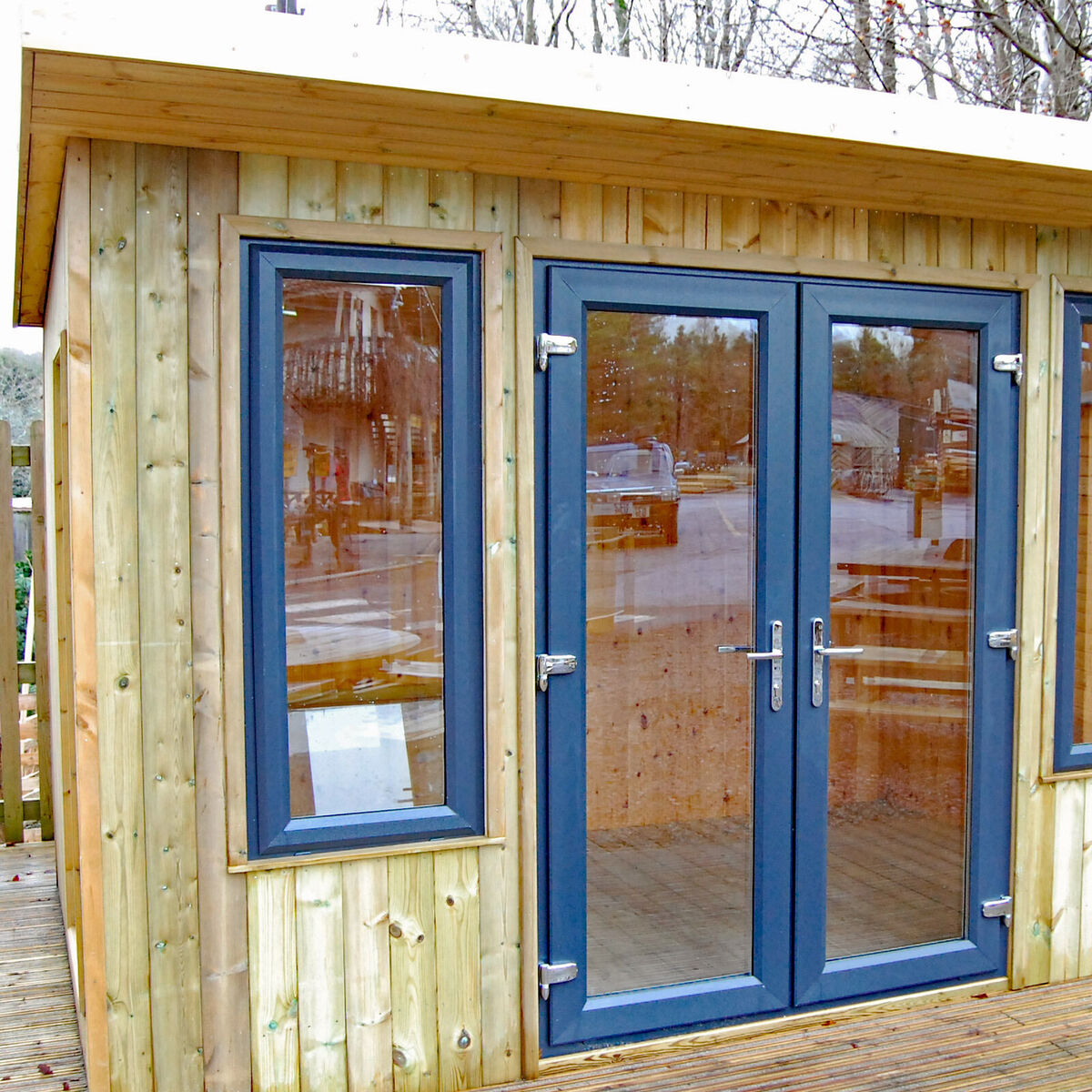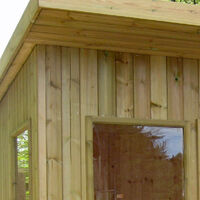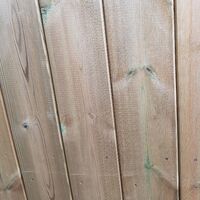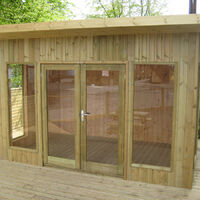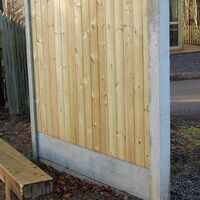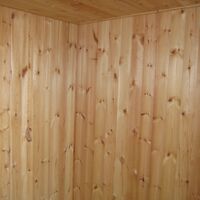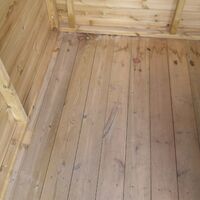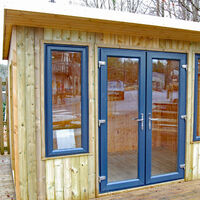Tongue and Groove Boards
Back to CladdingThe tongue & groove boards are manufactured from pressure treated Scandinavian redwood. They have an interlocking edge that allows creation of neat, functional cladding that will not only look attractive but also protect the structure from the elements. TGV cladding is ideal for weatherproofing residential and agricultural buildings, making gates as well as decorative cladding on both traditional and contemporary buildings.
Collection & Delivery
Collect your order from our yard here in Bristol or have it delivered with our own ULEZ-compliant fleet. We cover a wide range of postcodes and aim to deliver within 7–10 working days.
More collection and delivery info >
Trade Accounts
Apply for a Fountain Timber Pay-As-You-Go Trade Account to unlock trade pricing and faster ordering. Open to verified trade customers — simply submit proof of trading to get started.
Frequently Asked Questions
Are Tongue & Groove Boards a cost-effective natural cladding material
Tongue and groove (TGV) cladding, manufactured from pressure-treated Scandinavian redwood, is another cost-effective natural material. The interlocking edge design provides a neat, functional finish, and its resistance to the elements makes it suitable for both residential and agricultural buildings.
How is timber cladding attached to a building or structure?
For timber cladding, such as shiplap, tongue and groove, and waney edge boards, nails or screws are commonly used to attach the boards to the underlying framework or battens. The nails or screws are driven through the cladding boards into the wooden framework, providing a secure attachment.
Tongue and Groove Boards have interlocking profiles that fit together to create a seamless and secure attachment. This method helps to prevent water penetration and provides an aesthetically pleasing finish.
How do I properly care for and maintain my Tongue & Groove Cladding?
Softwood cladding products, such as Tongue & Groove Boards, require regular maintenance to ensure their durability. Inspect the cladding for signs of decay or damage. Clean the surface and reapply an appropriate wood preservative or stain every few years to protect the timber from moisture and extend its lifespan.

